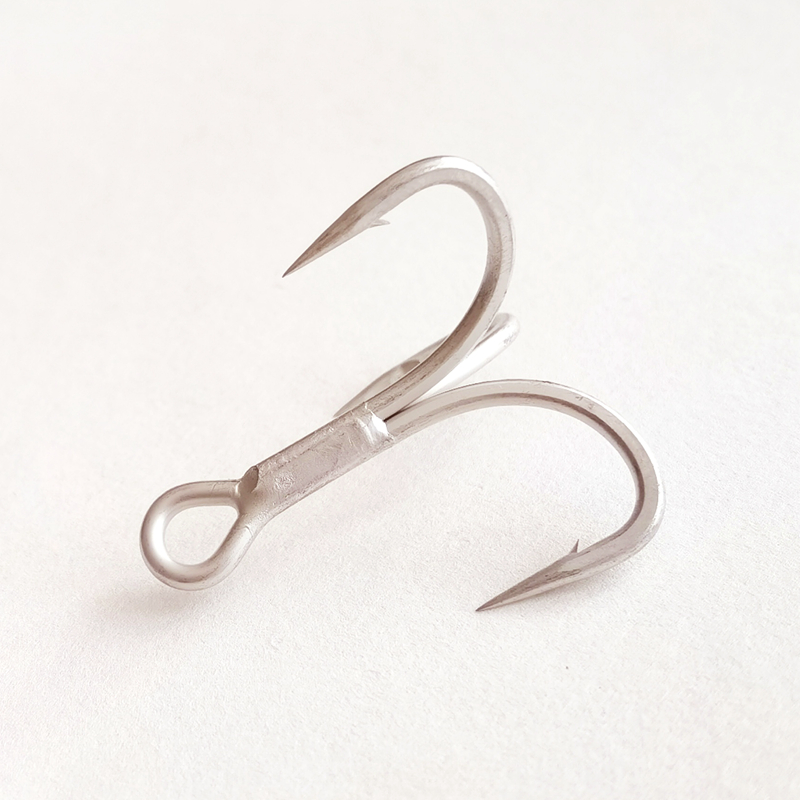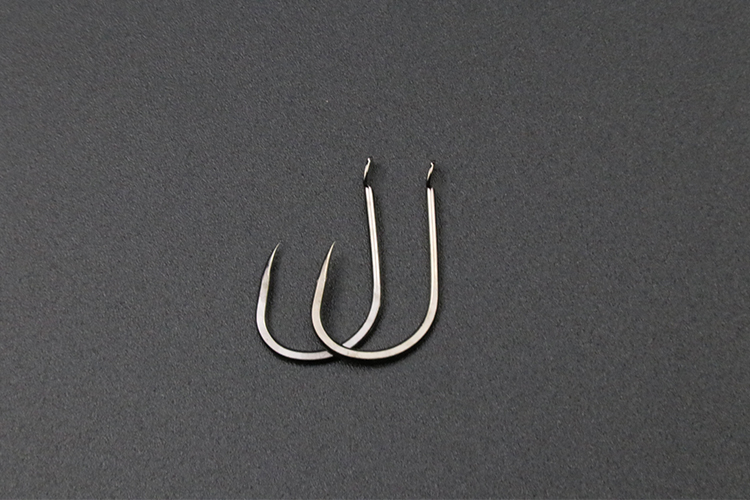Fishing is a rewarding activity that connects us with nature, but practicing ethical catch-and-release methods is essential to ensure fish populations thrive for generations to come. A crucial part of this process is learning how to remove fishing hooks safely, minimizing harm to the fish while preserving its health. Whether you’re an experienced angler or just starting out, mastering these techniques will help you handle fish responsibly and contribute to sustainable fishing practices.

Gather the Necessary Tools
Preparation is key to successful hook removal. Begin by assembling tools that make the process efficient and safe. Long-nosed pliers or hemostats are indispensable for gripping hooks securely, especially in hard-to-reach areas like the back of a fish’s mouth. A hook disgorger—a specialized tool designed to slide down the fishing line and dislodge deeply embedded hooks—can be a lifesaver in tricky situations. Additionally, keep wire cutters on hand to address stubborn barbs or hooks that cannot be easily removed. Always use a soft, wet towel or gloves to handle the fish gently, protecting its delicate slime coat, which acts as a barrier against infections.
Gentle Hook Removal Techniques
Secure the Fish Properly
Minimizing stress is critical for the fish’s survival. Whenever possible, keep the fish submerged in water while working to remove the hook. For species like bass, gently grip the lower jaw to stabilize the fish. For others, cradle the body with a wet towel, avoiding pressure on the gills or internal organs. Never dangle the fish vertically, as this can cause internal injuries.
Evaluate the Hook’s Location
The approach to removal depends on where the hook is lodged:
Lip or Mouth Hooks: If the hook is visible in the lip or edge of the mouth, use pliers to grip the shank and gently reverse it along the entry path. Avoid twisting or jerking, as this can tear tissue.
Deeply Swallowed Hooks: If the hook is swallowed beyond the throat, do not attempt forceful extraction. Instead, cut the fishing line as close to the mouth as possible. Studies suggest that leaving the hook in place often results in higher survival rates, as the hook will naturally rust or dissolve over time.
Use a Disgorger for Complex Cases
For hooks lodged in the throat or gills, a disgorger simplifies the process. Slide the tool down the fishing line until it reaches the bend of the hook. Apply slight downward pressure to disengage the barb, then twist and pull the hook free. This method reduces tissue damage and increases the fish’s chances of recovery.
Handle treble hooks with Care
Treble hooks, with their multiple points, require patience. Stabilize the fish and address one barb at a time. Rotate each hook point away from the tissue using pliers before carefully extracting it. If removal proves too challenging, consider clipping the hook with wire cutters to shorten handling time and prevent additional harm.

Ethical Practices for Catch-and-Release
Limit Air Exposure: Keep the fish in the water during hook removal. Prolonged air exposure can lead to oxygen deprivation, reducing its ability to recover.
Protect the Slime Layer: Always wet your hands or gloves before touching the fish. This slimy coating is vital for preventing infections and parasites.
Revive the Fish: If the fish appears sluggish after release, hold it upright in the water, allowing a steady flow of water over its gills until it regains strength and swims away.
Preventative Measures for Safer Fishing
Switch to barbless hooks: Barbless hooks simplify removal and cause less damage. Crimp down barbs with pliers if your hooks aren’t already barbless.
Try Circle Hooks: These hooks are designed to catch in the corner of the fish’s mouth, reducing the risk of deep hooking. Research indicates circle hooks significantly improve survival rates in catch-and-release scenarios.
Land Fish Quickly: Adjust your reel’s drag to avoid exhausting the fish. A prolonged fight can leave the fish too weak to recover after release.

When to Prioritize the Fish’s Well-Being
While most hooks can be removed with practice, certain situations—like hooks near the gills, eyes, or deeply embedded in vital areas—may require professional intervention. If unsure, prioritize the fish’s survival by cutting the line close to the mouth and releasing it immediately.
A Commitment to Conservation
Learning to remove fishing hooks safely is more than a skill—it’s a responsibility. By adopting ethical practices, using the right tools, and respecting the fish’s biology, anglers play a vital role in preserving aquatic ecosystems. Every fish released unharmed contributes to healthier waterways and ensures future generations can enjoy the thrill of fishing.
For those eager to deepen their knowledge, exploring conservation-focused resources and guidelines on humane fish handling can further refine your approach to sustainable angling.